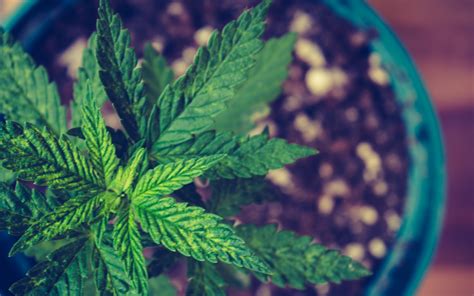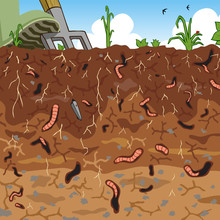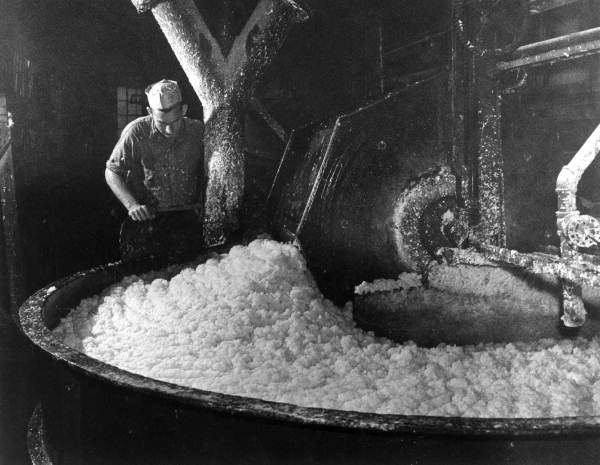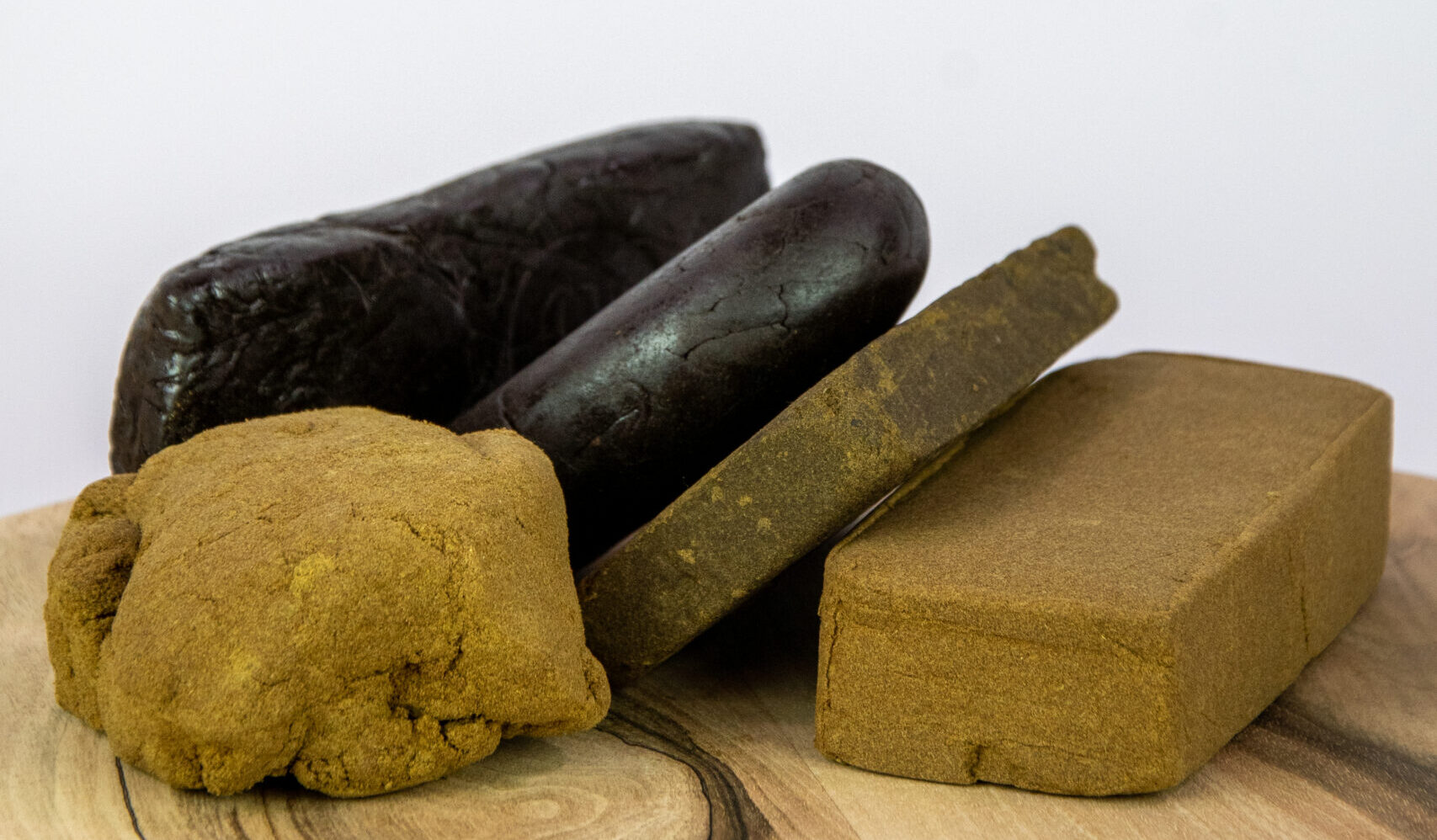
Since the ban on HHC (hexahydrocannabinol), the market for alternative cannabinoids has been in a state of flux. A new name is currently causing discussion: CB9. In contrast to well-known substances such as CBD, CB9 raises many questions – about its chemical composition, effects and legal classification.
In this article, you will find out exactly what CB9 is, how it works and what risks and opportunities are associated with it.
What is CB9 – origin, chemical structure and open questions
CB9 is advertised as a natural cannabinoid that is said to occur in the cannabis plant. However, there is no scientific evidence for this. So far, there are neither confirmed studies nor publications by renowned researchers such as Raphael Mechoulam* that mention CB9. What is particularly striking is that there is no structural chemical representation of CB9, which distinguishes it from established cannabinoids such as CBD or THC .
Nevertheless, there are assumptions. Experts assume that CB9 is a derivative of cannabidiol (CBD). This hypothesis is based on the assumption that chemical modifications of the CBD molecule lead to the observed psychoactive properties. Its formation is explained by complex chemical processes in which CBD or THC serve as starting materials. It is also striking that CB9 does not tend to crystallize, which makes it difficult to detect and highlights the need for improved testing methods.
How does CB9 work?
CB9 is described by users as mildly to moderately psychoactive. Its effect is often compared to that of HHC or delta-8-THC. Users report a calming and relaxing effect, with the psychedelic effects remaining in the background in contrast to THC or Delta-9-THC. These milder properties could make CB9 attractive to people seeking psychoactive effects but wanting to avoid possible side effects such as paranoia.
However, the quality of CB9 products varies greatly, which affects the user experience. Although products such as flowers, hashish and vapes are widely available, the fluctuating concentration and lack of chemical validation pose significant risks.
CB9 and its therapeutic potential
Despite the limited research, some scientists see promising potential in CB9. It could help relieve stress, anxiety and sleep problems. It is also being investigated whether it could play a role in the treatment of chronic pain or inflammatory diseases. However, the exact interaction with the body’s endocannabinoid system (ECS) is not yet fully understood. Initial hypotheses suggest that CB9, like CBD, binds to CB1 and CB2 receptors, but has a slightly different mode of action.
Legal gray area and challenges
CB9 is currently legal in Switzerland and Germany. This situation is reminiscent of earlier developments with synthetic cannabinoids such as Spice (Blog on synthetic cannabinoids here: Synthetic Cannabinoids – What you need to know about them ), which came onto the market in 2007 and was only later regulated. As CB9 is difficult to detect chemically and no comprehensive studies are available, it remains difficult for the authorities to create clear regulations.
These uncertainties underline the risks of an unregulated market. Consumers often do not know what they are taking, while suppliers sell products whose composition is not clearly validated. This highlights the need for a controlled and transparent cannabis market.
CB9 compared to other cannabinoids

The consequences of prohibition and the role of CB9
CB9 is another example of how prohibition brings new and often risky substances onto the market. The desire for legal alternatives cannot be suppressed by prohibition. Instead, new products are constantly being created that exploit legal gray areas. A comprehensive legalization of cannabis could break this spiral and ensure greater safety and transparency.
Herba di Berna: Your partner for quality and safety
At Herba di Berna, we focus on transparency and quality. The developments surrounding CB9 show how important it is to pay attention to reliable and tested products. We stand for a regulated market that protects consumers and offers natural products.
Our goal is not only to provide you with high-quality hemp products, but also to keep you up to date with the latest developments in the cannabis sector. Together we are shaping a safe and conscious future for cannabis. 🌱
Stay curious – we’ll keep you informed! 😊

*Raphael Mechoulam – The pioneer of cannabinoid research
Raphael Mechoulam (1930-2023) was an Israeli scientist and university lecturer who is considered one of the most important researchers in the field of medicinal cannabis. Known as the “grandfather of cannabinoid research”, he laid the foundation for today’s understanding of the cannabis plant and its medical use.
Mechoulam was Professor of Pharmaceutical Chemistry and Natural Products at the Hebrew University of Jerusalem and dedicated his life to the study of cannabis. One of his greatest discoveries was the identification and analysis of the endocannabinoid system – a network in the human nervous system that is crucial for many bodily functions such as pain, mood and sleep.
His work also convinced Israeli politicians of the benefits of medical cannabis, making Israel a pioneer in the legalization and research of cannabis. Raphael Mechoulam remains a key figure whose work has paved the way for many of today’s developments in the cannabis sector.
Sources:




























